When you look at the history of product design and the greatest innovations of all time, it’s hard to ignore how a large amount of incredibly amazing inventions have all started popping up rather recently. The golden age of innovation and product design started no earlier than a few centuries ago, before which the top innovations of all time were often sparse and extremely rare.
It’s easy to understand why this is the case; since the invention of steam-powered engines and electricity, humanity has leaped forward in terms of product design and innovation, moving forth with countless inventions and accelerating especially since the invention of electronics. These past few decades in particular have seen a number of breathtaking and inspiring innovations from start-ups and large organisations alike, a trend which doesn’t seem in the act of slowing down at all.
The Most Innovative and Inspiring Products & Inventions of All Time
From the invention of fire to the most advanced modern innovations, the top and most inspiring creative inventions of all time may surprise you in their simplicity. We are so used to taking all the shiny gadgets in our timeline for granted, it is mind-blowing to think of the entire journey that brought us to this point.
Where would advertising even be without the written language or movable type? What about all those great inventions from the digital age? Without further ado, let’s dive into the list below and find out the top 25 most inspiring, innovative and mind-blowing product designs and inventions of all time.
Fire & Language (400,000 BC / 100,000 BC)

Image credit: Chemistry World
It is now widely recognised and believed that Neanderthals may have been able to start fires. Soon enough, early hominids started giving meaning to the ramblings and sounds they were exchanging around fire. Over time, those sounds and gestures became language. This, paired with a number of other early innovations down the line, set humanity on the path we are walking today.
The Wheel (3,400 BC)

Image credit: Smithsonian Magazine
It took a long time for us to invent the wheel, but once we did, there was no stopping us on the path to even greater innovations. The first wheel is believed to have been invented in Ancient Mesopotamia over 5,000 years ago.
Written Language (2,900 BC)

Image credit: Wikipedia
The invention of the written language made the passing of knowledge and trade calculations much easier. The first recorded written language is Sumerian cuneiform.
Paper (105 AD)
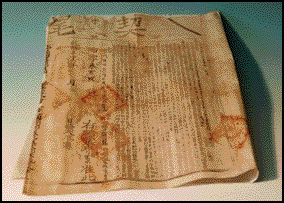
Image credit: Sutori
Paper was a game changer for humanity ever since its invention. The first sheet of paper was invented in Ancient China, by the Imperial court official Cai Lun.
Movable Type (1040 AD)

Image credit: Wikimedia Commons
Movable type gradually led to the invention of print as we know it today. The printing press is often said ot have been created by Gutenberg in Mainz, Germany, around 1440 – but in truth the very first attempts were in imperial China in 1040, exactly 400 years before. To Gutenberg's credit, however, movable type was only popularised in the West after he printed his famous bible.
Car (1769, 1888)

Image credit: Britannica
As we step out of "simple" history and into product design, the car is the first one with an interesting story. While many believe it was created for the first time in the late 1800s, the very first self-propelled car was invented in 1769 by Joseph Cugnot. It was only in 1888 that Karl Benz patented the first motor car, thus kickstarting the era of the automobile.
Washing Machine (1791, 1934)

Image credit: Old & Interesting
The very first attempts at creating a washing machine were way before the invention of steam-powered engines: in 1791, Jacob Christian Schäffer invented a rudimentary washing machine which could only be powered manually. Much later, in 1934, the first steam-powered washing machines were invented and popularised.
Light Bulb (1800)

Image credit: Wikipedia
Like many other inventions and innovations on this list, the story of the light bulb goes way past its widely recognised inventor. It was Humphry Davy, an English scientist, who created the first lightbulb in 1800 exactly. Later, in 1879, Thomas Edison improved it, when he discovered that a certain type of carbon filament could glow inside the bulb for 40 hours.
Telephone (1860)

Image credit: Wikipedia
Before Alexander Graham Bell received the first patent for commercial telephones in 1876, the telephone was invented by Johann Philipp Reis in 1860. He was the first to produce a device which could transmit clear sounds.
Radio (1897)
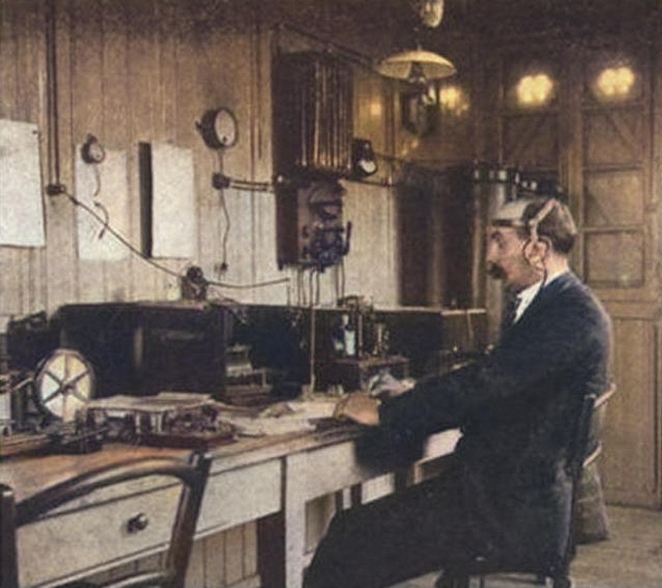
Image credit: Wikipedia
Just about 20 years after the invention of the telephone, scientist Nikolai Tesla received the first radio system patent in 1897. The radio was innovative in many ways, mainly as it could use the electromagnetic spectrum to transmit sounds through waves.
Paper clip (1899)
 Now this is where things start to get very exciting. You know those paper clips you use all the time? Someone actually had to invent them. In 1899, after several experimentations with different kinds of pins and clips to file documents, William Middlebrook of Connecticut was granted the patent for a "machine for making wire paper clips." It is believed, however, that these "gem paper clips" were being produced in Britain as early as in the 1870s by the "Gem Manufacturing Company".
Now this is where things start to get very exciting. You know those paper clips you use all the time? Someone actually had to invent them. In 1899, after several experimentations with different kinds of pins and clips to file documents, William Middlebrook of Connecticut was granted the patent for a "machine for making wire paper clips." It is believed, however, that these "gem paper clips" were being produced in Britain as early as in the 1870s by the "Gem Manufacturing Company".
Coca-Cola Bottle (1915)

Image credit: Christopher Doyle
On April 26, 1915, Coca-Cola voted to expend up to $500 to develop a distinctive bottle for the Coca-Cola brand and beverage. Around 10 glass companies around the United States were challenged with inventing a bottle "so distinct that you would recognise it by feel in the dark or lying broken on the ground." Since then, the Coke bottle has evolved in ways so unique that it is an undeniable and inseparable part of the brand itself.
Television (1926)
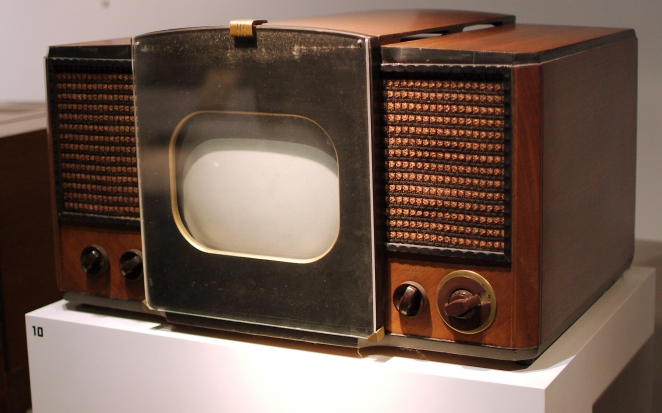
Image credit: WikiWand
Back in 1897, Englisyh physicist J.J. Thompson started investigating the use of cathode rays, which eventually led to the creation of the cathode ray tube. It was not until Christmas day 1926 that Kenjiro Takayanagi was able to showcase the first working model TV set. There has been much confusion about the first television patent, as Takayanagi was not able to obtain it, but the TV still remains one of the most exciting innovations in the history of mankind today.
Zippo Lighter (1933)
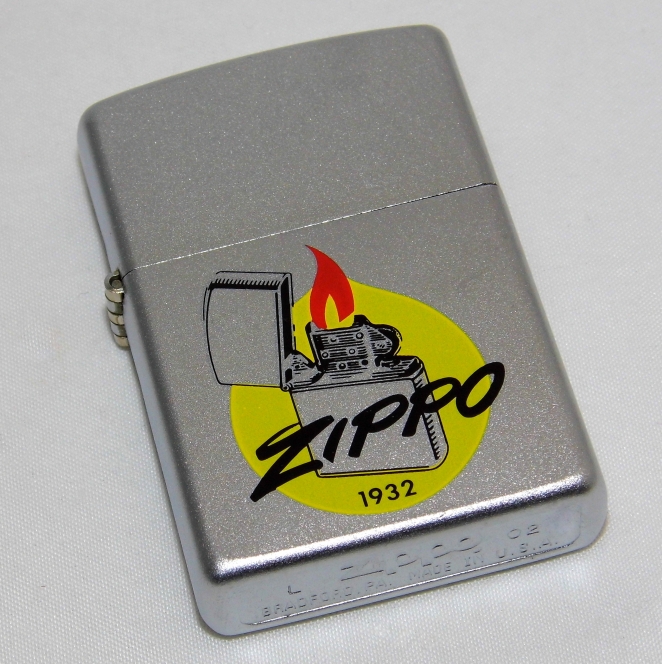
Image credit: Wikimedia Commons
With all the undeniable vintage feel it carries, the first Zippo lighter was created in early 1933 to combat wind-susceptible lighters and matches. Its inventor, George G. Blaisdell, founded Zippo Manufacturing Company the year before, and he simply liked the sound of the word "Zipper" so much that he decided to make a product out of it.
Volkswagen Beetle (1945)

Image credit: Wikipedia
Commissioned by none other than Hitler himself, the Volkswagen Beetle played an important part in the history of advertising when Bill Bernbach and his team worked on the "Think Small" ads, aimed at expanding the popularity of the Beetle in the United States.
Polaroid Camera (1947)

Image credit: Wikipedia
First introduced in 1947, the Polaroid camera was the first instant camera in the world, and it popularised quick, instant photography on the move. In a way, we could say it was the grandmother of modern digital photography. Its vintage charm is still much felt today, making it a great tool to snap a few travel pictures without losing them in the library of your smartphone.
Fender Stratocaster (1954)
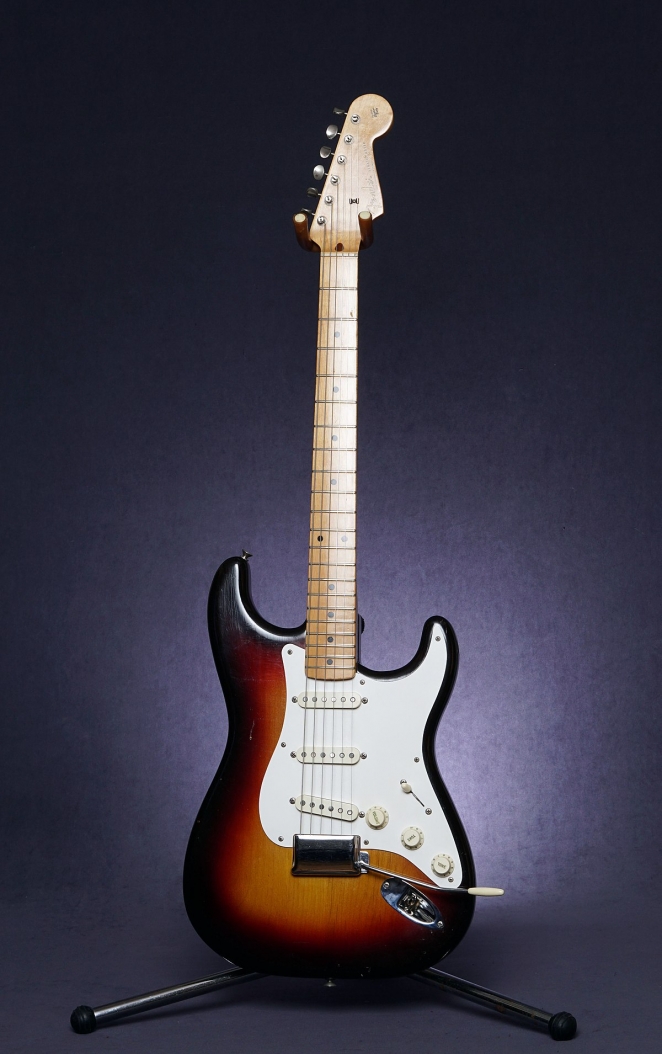
Image credit: Wikipedia
While the electric guitar in itself was invented in 1934 by Rickenbacker Electro Stringed Instrument Company, one of the most popular models is the Fender Stratocaster, designed from 1952 to 1954 by Leo Fender, Bill Carson, George Fullerton and Freddie Tavares. Used by a number of world-famous guitarists all around the world, the Fender Stratocaster sits next to the Gibson models as one of the most popular and beloved electric guitars in the world.
Internet (1969)

Image credit: Unsplash
As many will know, the Internet was born in 1969 and was originally built by the United States Department of Defense Advanced Research Projects Agency (today called DARPA). Born as a military project, Tim Berners-Lee later used the basic infrastructure of the Internet to create the World-Wide Web in 1869. This huge innovation soon became a constant in our daily lives, both in the personal and in the professional realm.
Mobile Phone (1973)
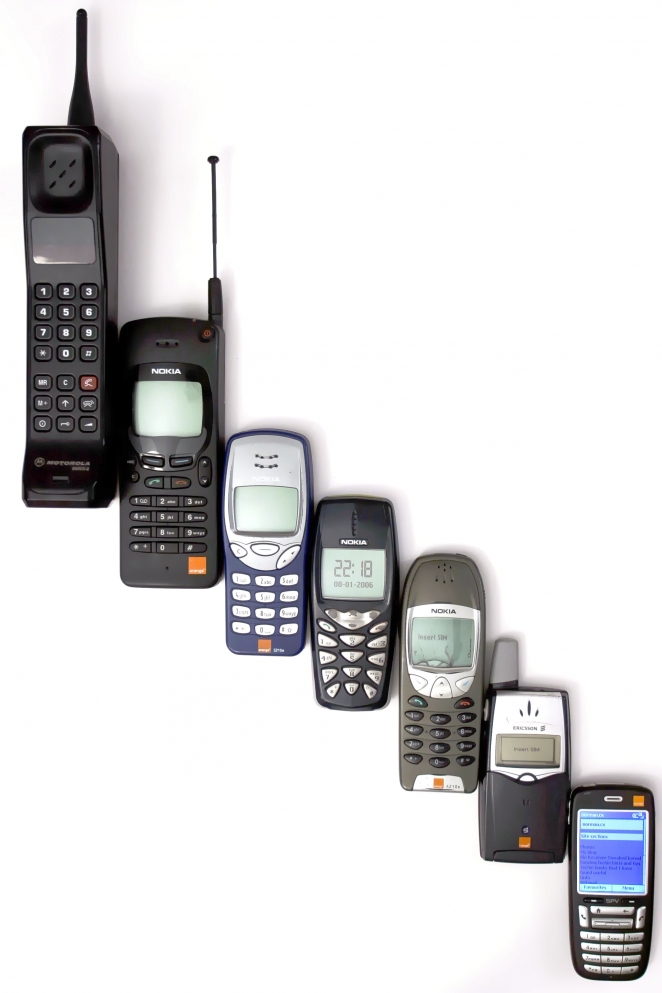
Image credit: Wikipedia
It was in 1973 that Motorola launched the first model of mobile phone. As you can imagine, it wasn't a great one. It weighed 1.2kg, its battery took over 10 hours to recharge, and it could only allow up to 30 minutes of conversation before shutting down.
Computer (1975)
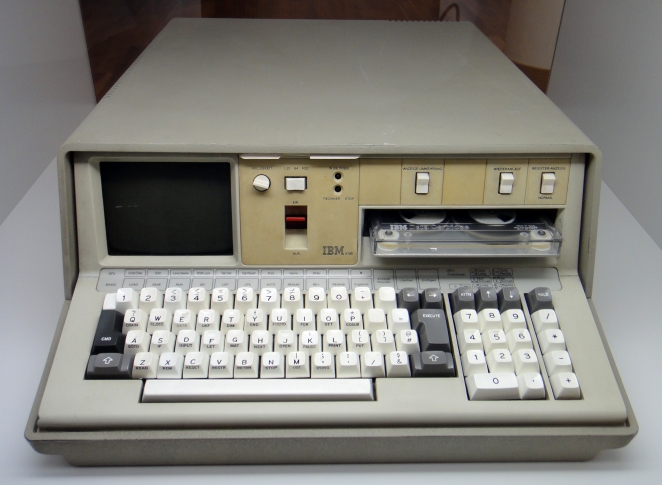
Image credit: Wikipedia
IBM and Microsoft dominated the industry of computers for a number of years, but they were not the first ones to commercialise the computer for public use. The first home computers were discussed as far back as the 1965, but it was only ten years later, in 1975, that Altair brought the MITS Altair 8800 to the public market, popularising the concept of "home computer". Another significant push was made by Apple in 1976, when Steve Jobs and Steve Wozniak brought the first Apple computer to the market. Later, Apple would make history again with its memorable 1984 ad, challenging the newly established monopoly of IBM in the market of home computers.
iPod (2001)
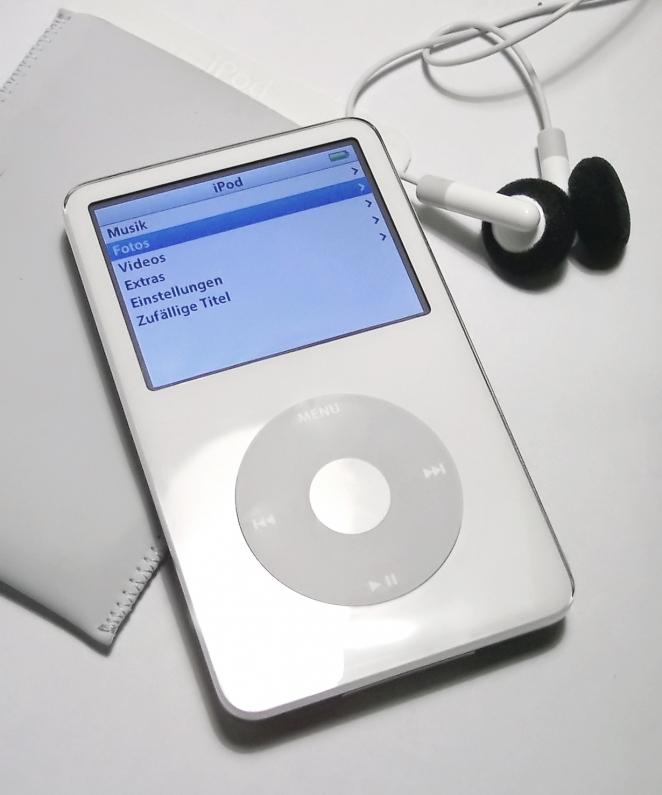
Image credit: Wikipedia
This is the first of a number of upcoming innovations made in Apple. After the release of iTunes on Macintosh computers, Apple started working on a digital music player able to reproduce music on the go. The very first model, iPod, promised to be much lighter and appealing than existing MP3 players. The company developed its own user interface, memory and controls, making history with the first iPod release in 2001.
Smartphone (2007)

Image credit: Wikipedia
Several years after the release of the first iPod, Apple capitalised on the newborn trend of smartphones by releasing the first iPhone in 2007. Until then, early smartphones had failed to make effective use of data connectivity and their interfaces were not as polished as the ones we know today. The first Windows Mobile and BlackBerry were first attempts, but it was only in 2007, with the release of the first iPhone, that Apple was able to galvanise the market with a 3.5" capacitive touchscreen with twice the common resolution of most smartphone screens at the time. Gestures were born; soon enough app stores were born too; and the rest is history.
Fitbit (2007)
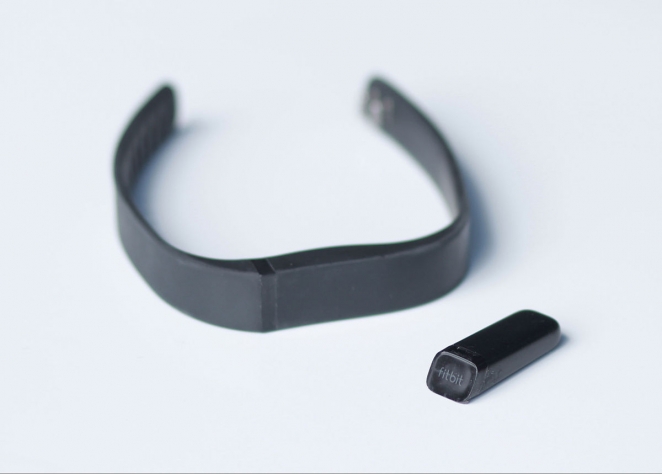
Image credit: Wikipedia
Fitbits revolutionised wearables and were largely created to change the way in which athletes and sports enthusiasts would think outdoor activities and exercise. Fitbit was founded in 2007 and it soon released a lightweight wearable with a number of health tech functions, including a pedometer, altimeter and sleep tracker.
Siri (2011)
![]()
Image credit: Wikipedia
Siri was certainly not the first voice or virtual assistant in the history of mankind (the first one being Radio Rex in 1922), but it was one of the most popular smart ones and it brought a great degree of automation in the realm of smartphones. Siri was introduced as a feature on iPhone 4S after Apple acquired a spin-off of SRI International, named – well – Siri Inc. Its aim was to help users in sending messages, making phone calls or setting up alarms. Over time, Siri has grown to be able to do even more than that, and it is now able to effectively manage your smart home – just like Alexa or other voice assistants from the competition.
VR Headsets (1985, 2012)
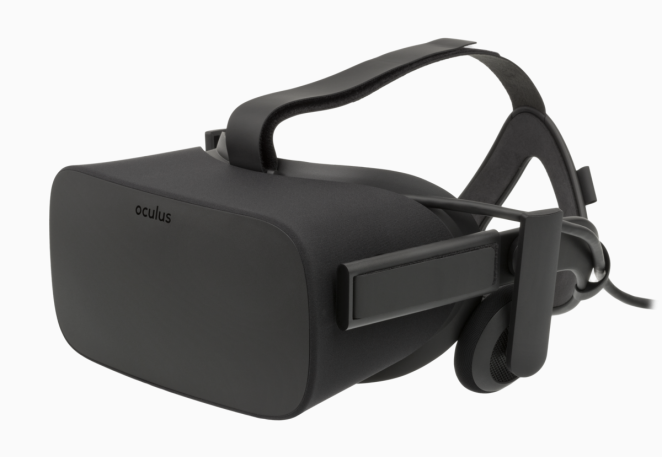
The push to immerse ourselves into virtual reality is not a recent one, though it is relatively young. Many of us will remember Tron from 1982 – a film born out of the desire to explore the cyberspace with the new, exciting potential of computers. By 1985, a number of experiments with virtual reality were brought to life, including the ones by Jaron Lanier and Thomas Zimmermann with VPL Research Inc. This company was the first to sell VR goggles and gloves. Other attempts by Nintendo, SEGA and Google were later praised but never able to bring VR into the commercial realm, until Oculus Rift came in 2012. Facebook acquired the Oculus VR company in 2014 for $2b, and since then, game and tech companies from all around Silicon Valley (and the world) have tried their hand at popularising virtual reality headsets.
Looking at the history of humanity and all the incredible innovations we've been able to bring to life thus far, it comes naturally to wonder where we are headed next. Without the shade of a doubt, though, we can assume it is going to be incredibly exciting.






